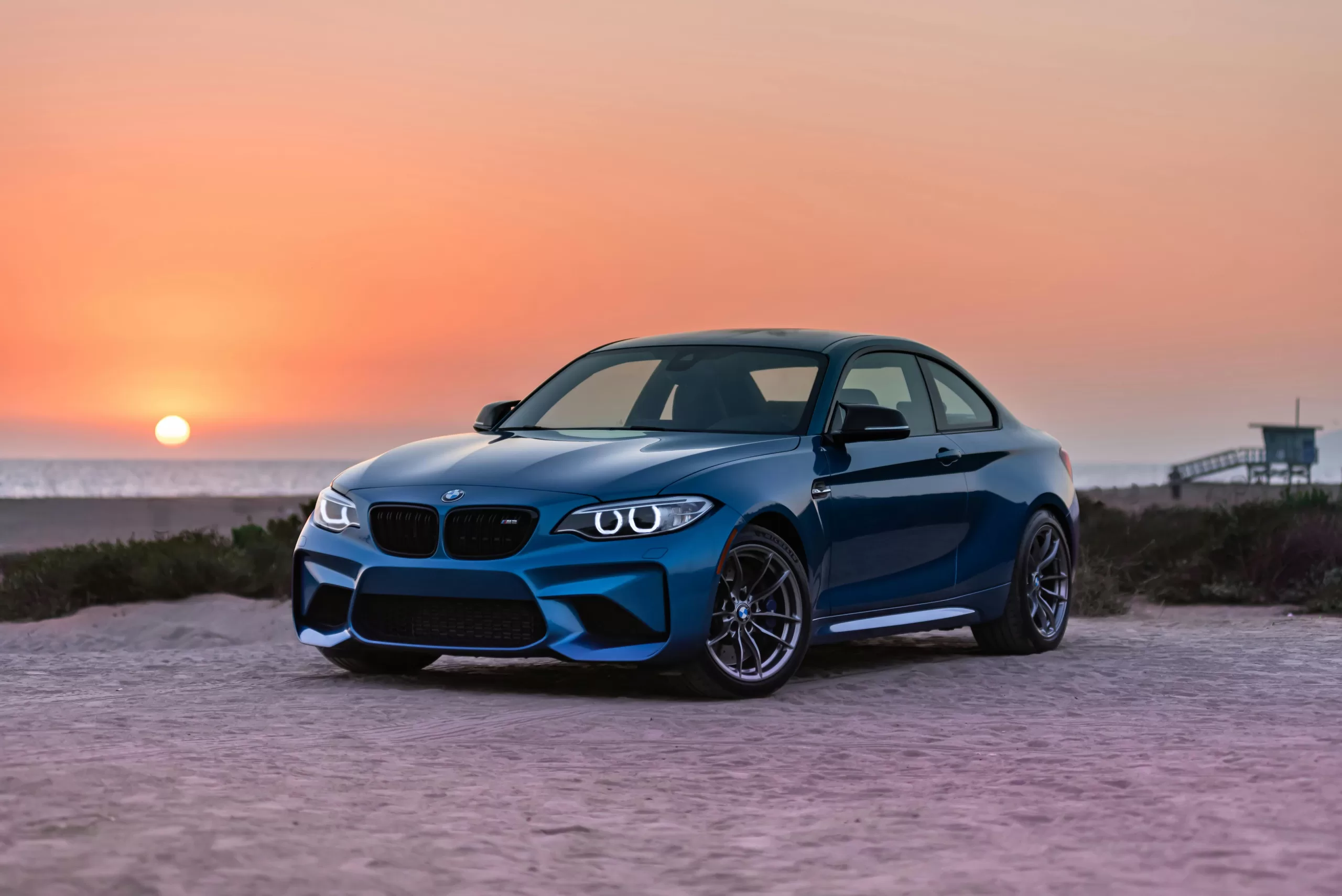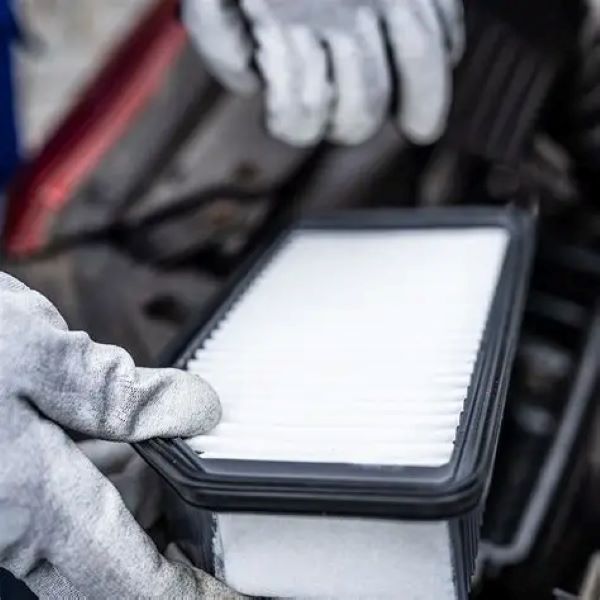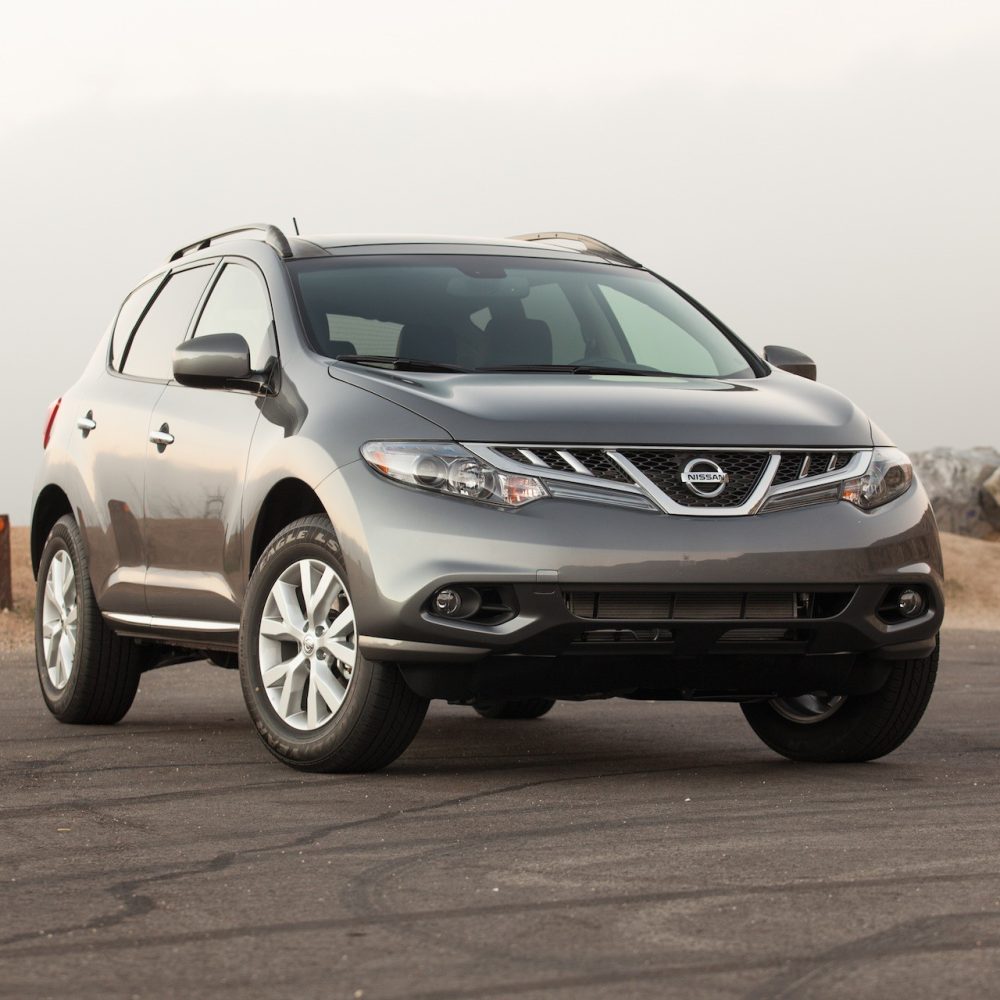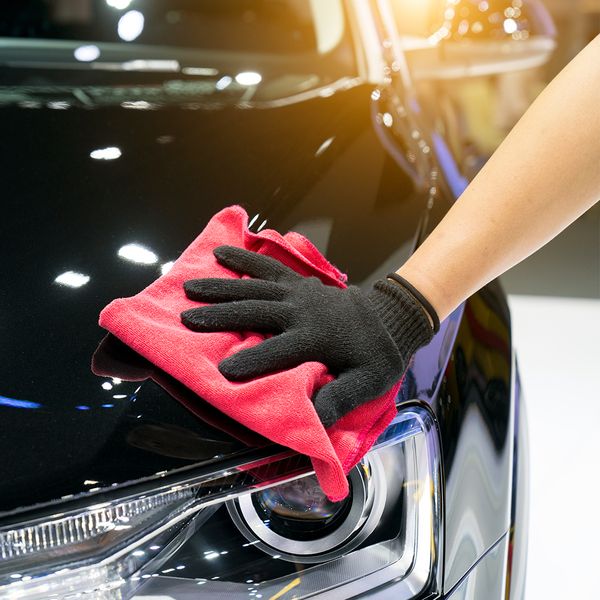The Iconic BMW 507: The Roadster That Changed BMW’s Future
In the mid-1950s, BMW was struggling financially and needed a halo car to reinvigorate the brand. They found the answer in the stunning BMW 507 roadster. A V8-powered sports car built between 1956 and 1959 which helped shape BMW’s future as a sporty, driver-focused brand.
![]()
The Creation of an Icon
The origins of the BMW 507 can be traced back to Max Hoffman, a New York-based luxury European car importer. He had achieved great success selling Mercedes and Alfa Romeos in the booming American post-war economy and suggested to BMW’s management that they needed a halo car to compete – one designed with export to America firmly in mind.
The fundamental idea was for a sports car with a powerful engine in an attractive roadster body. It built for pace and excitement rather than outright performance. Under the leadership of Fritz Fiedler, BMW’s engineering and design teams set out to make it a reality.
Several prototypes were built, refining the 507’s look and feel. The gorgeous final production model featured a hand-formed aluminum body stretched over a steel ladder frame, a dual-carburetor overhead valve V8 engine developing 150 horsepower, a four-speed manual gearbox, and a top speed of 136 mph. Elegant styling touches like the distinctive kidney grille made the 507 an absolute stunner – a perfect halo car.

Initial Struggles and Eventual Influence of BMW 507
The BMW 507 debuted to critical acclaim at the 1955 Frankfurt Motor Show. However, it struggled commercially; at over $5,000 it was painfully expensive, competing in a niche dominated by British and Italian brands. Just 251 units were produced in four years before rising costs forced BMW to cease production in 1959. Sales never took off.
Yet the 507 had an enormous influence on BMW’s future direction. It reinvented BMW’s sporting image through beautiful design and an exhilarating driving experience. This set the foundation for the ’60s Neue Klasse range which saved the company financially and models like the legendary 2002 turbo sports sedan – the true predecessor to BMW classics like the 3 Series.
The BMW 507 also pioneered an export-led sales strategy and positioned BMW firmly as a global premium brand. Its spirit lives on today in BMW’s reputation for dynamic driving pleasure and attention to detail. As the forerunner to every modern BMW roadster and sportscar, the 507 is an icon.

Collector Status Today
Rarity has made the BMW 507 highly desired among collectors today. Out of just 254 built, around 200 are estimated to still exist. Auction prices have skyrocketed, with exceptionally preserved models selling for as high as $2 million – a 400-fold increase over the original 1957 US dealer price!
The 507’s flowing curves and performance pedigree make it especially sought-after in America, where models in excellent condition can fetch seven-figure hammer prices at high-profile auctions like Monterey Car Week. A 507 crossed the block in 2018 at RM Sotheby’s for $2,530,000 – marking a new auction record for the model.
Even barn finds or derelict projects command huge sums – many buyers are keen to restore 507s to their original glory. Parts are also extremely valuable due to scarcity, meaning survivors are usually maintained or rebuilt rather than broken up. This ensures the BMW 507’s legacy lives on.

Driving Experience
For owners lucky enough to have an original 507, the absolutely timeless driving experience is priceless. The lightweight aluminum body paired with the smooth 3.2 liter V8 engine delivers effortless cruising ability along with a willingness to rev higher when pressed. The steering loads up nicely through corners, where the front torsion bar suspension and rear live axle handle gracefully. Inside, the interior strikes an ideal balance between sporting pretension and comfort thanks to BMW’s strong ergonomic design.
While no longer a 150 mph autobahn stormer in today’s traffic conditions, every outing in the 507 still delivers an unmatched blend of vintage motoring charm and real driver engagement. It’s easy to see why it’s considered the first real “driver’s BMW.” On the open road with the top down under blue skies, the 507 remains an absolute joy.
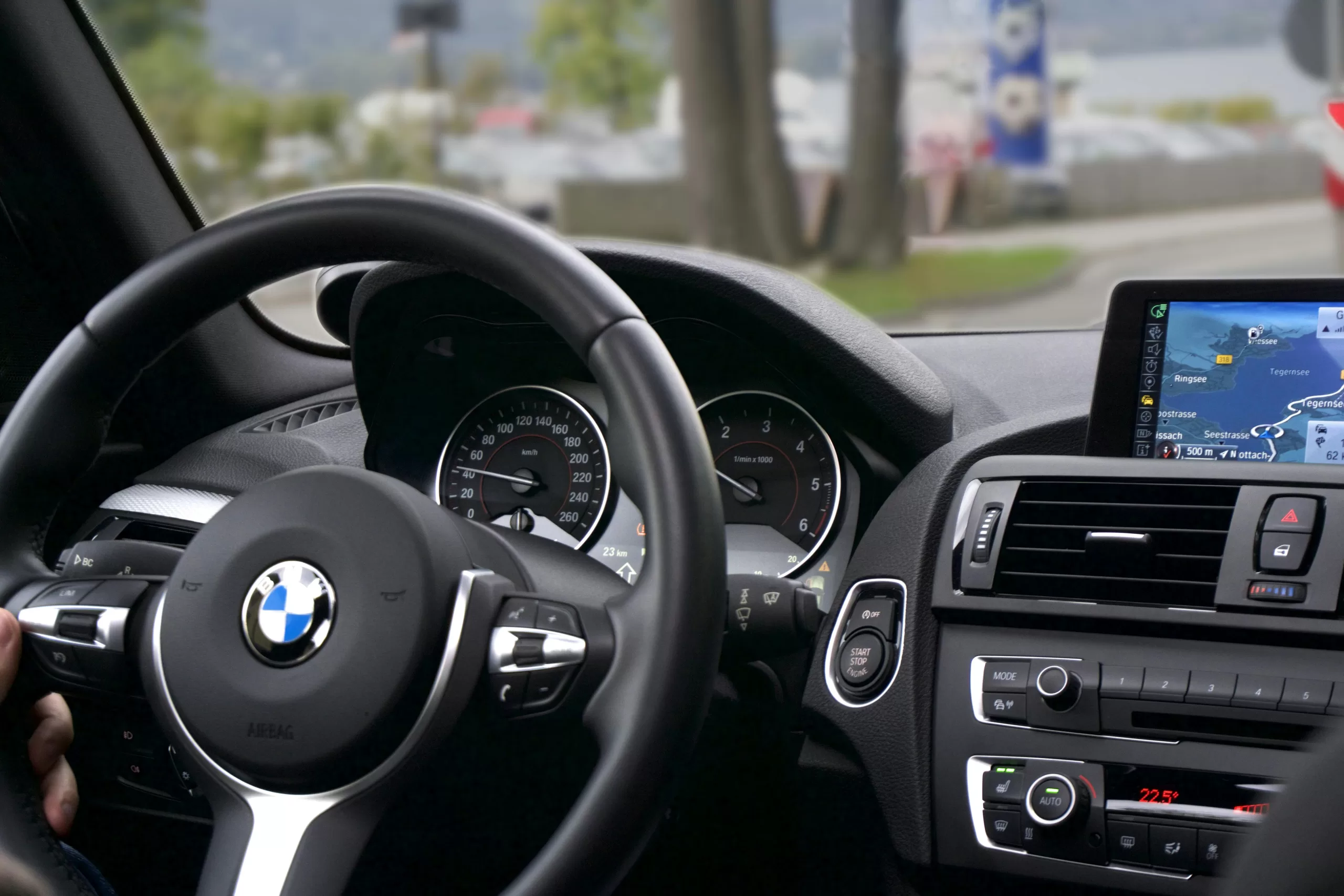
Legacy as BMW’s Turning Point
The legendary BMW 507 continues to be revered over 60 years since its debut. As BMW’s first true halo sports car, it pioneered the brand ideals of performance, handling and driver enjoyment that we recognize in the Munich manufacturer’s identity today. Despite commercial failure when new, the model’s impact on BMW’s engineering approach and brand values proved hugely influential in the decades that followed.
It also re-established BMW internationally – the focus on foreign exports pioneered by the 507 saved BMW financially in the postwar years and helped make their reputation global. This beautiful roadster was the turning point which helped BMW become the aspirational, prestigious brand we know. For all these reasons, experts and enthusiasts actively consider the 507 not just one of the most beautiful BMWs, but also one of the most pivotal, as it actively set the manufacturer on a path to sporting and commercial success that dynamically continues today.

